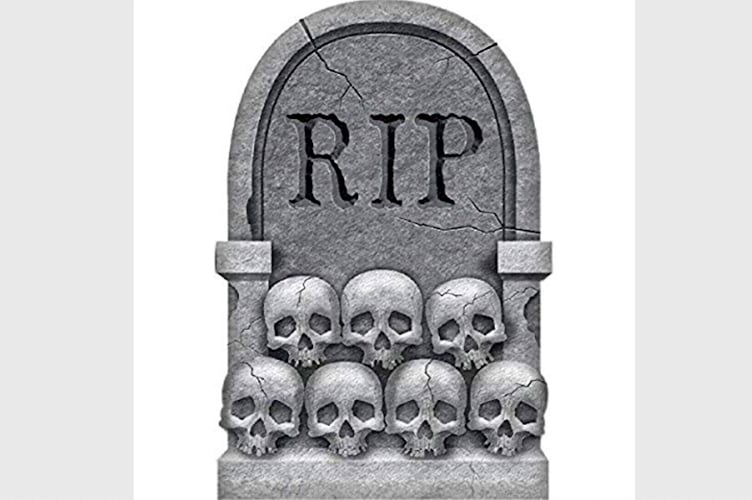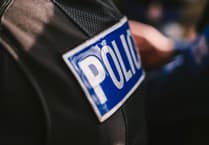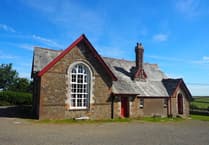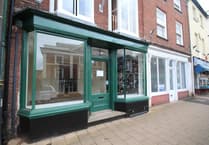MEMBERS of Thorverton History Society heard an interesting talk entitled “Tombs, Headstones and Graves, How to Read a Cemetery”, by Charlotte Coles Msc Bsc MCIFA.
The talk was held on Friday, October 27, and despite England playing its final game in the Rugby World Cup and the forthcoming Hallowe’en period, we had a splendid attendance to listen to Charlotte’s professional and fascinating guide on how to appreciate the resources of our graveyards.
Among her other interests, Charlotte has been working in commercial archaeology for a number of years and has a master’s degree in osteoarchaeology, carrying out animal and human bone analysis as well as archiving and reporting other finds.
This has provided a treasure trove of information which she was able to share.
Tomb markers indicate custom, ritual and practice of interment with all the implications of societal change, village hierarchy and provide a wealth of historical evidence literally under our noses and available to all.
Just have a wander through the precincts of our fascinating church of St Thomas of Canterbury.
Charlotte illustrated her talk with a range of visual examples, many local, and walked us through the changing fashions in grave markers, as well as drawing our attention to interesting social changes, legislation and folklore that have influenced the memorialisation of our dead, even reflecting on where the future may lie (see: https://futurism.com/futuristic-funeral-death-die).
Charlotte concentrated on Christian tradition, where the first known grave markers start to appear in Roman times.
Unfortunately, early wooden structures, as we so often see, rarely survive but south of Exeter at St Andrew’s Church at Kenn (a Saxon Cemetery) illustrated an early prototype where burials respected each other and were aligned east to west.
From the 11th century, stones were used to mark graves and Christian symbols used, although the Reformation swept away many in situ, perceived to be “catholic”.
The status of a burial can also be gauged from location.
Most highly prized was within the church and especially the chancel, however, being near a path or in the south side away from Satan’s influences in the darker north side was definitely to be recommended!
Suicides and unbaptised children who could not be interred in consecrated ground resulted in the practice of crossroad burials until midwives were allowed to baptise the unborn and public health considerations changed in the mid 19th century.
Monuments also changed in style and (with the advent of the railways) material, while technological innovation such as heating required family vaults to be rethought and Burial Acts (in the 1950s) prescribed the depth of burials and location (specifically away from water sources).
The prohibitive cost of burial in the case of Exeter Catacombs and the danger of exploding lead lined coffins also changed common practice!
In addition to Charlotte’s comprehensive guide to headstones she also touched on associated folklore such as the presence of a church grim or revenant which could appear as a black dog, as well as the significance of graveyard earth, bodysnatchers and the presence of ancient Yew trees.
A fascinating talk which allowed many questions from the audience… as well as possibly reassurance!
Our next talk in November is our last this year before our very social AGM, which I hope will entice you to join us in January 2024. With best wishes from TDHM.
Recorded by Ann Marshall




